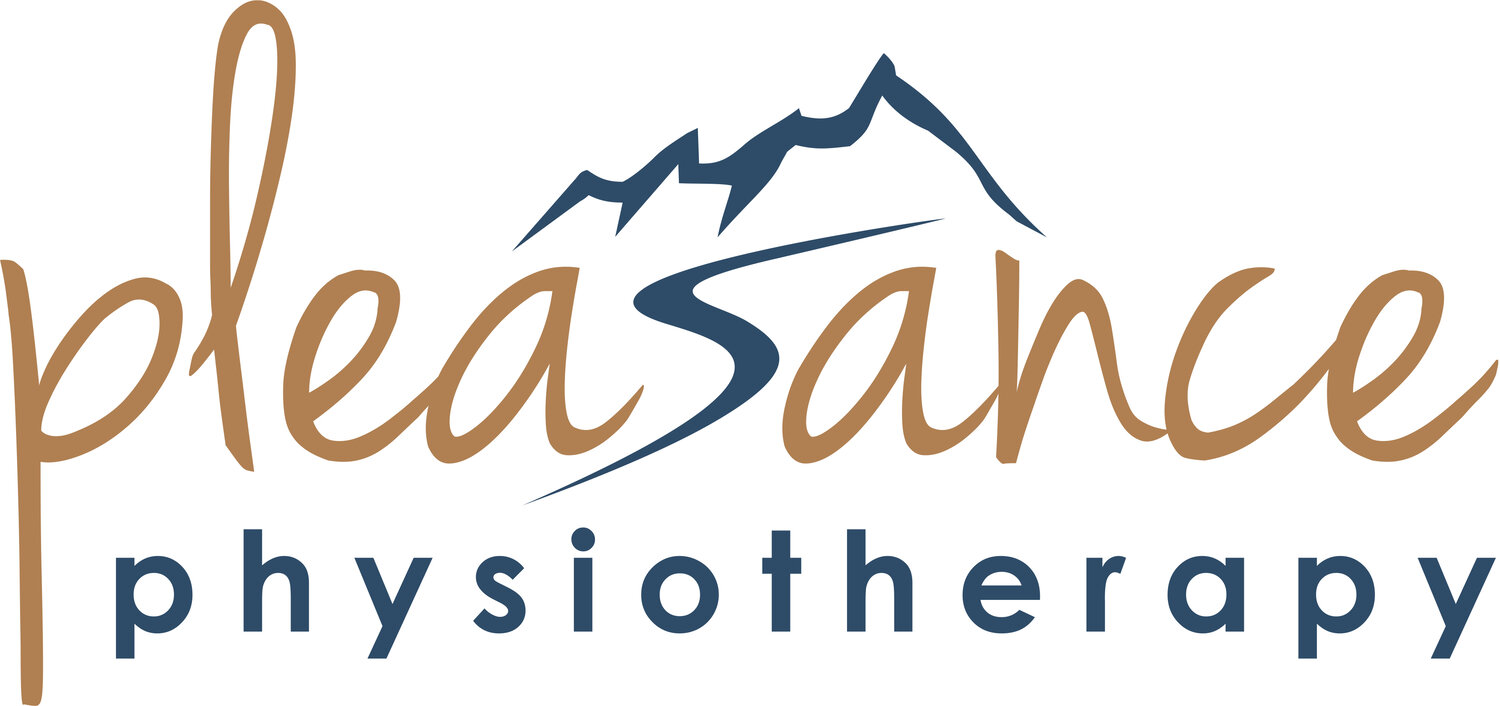The dirt on dry needling
Dry needling is one of my favourite additions to hands-on physiotherapy treatment. If you’re wondering what it is and why I love it so much here are the details!
Dry needling is a type of acupuncture treatment. It involves using very thin, flexible acupuncture needles to help loosen and relax shortened muscles to decrease pain and improve muscle function.
Shortened muscles often contain tender ‘knots’ or ‘ropey bands’ called trigger points that are involved in soft tissue pain. These trigger points can be tender and often refer achey pain distant to the involved muscle.
It is called ‘dry needling’ because a dry needle is used, meaning it doesn’t involve the injection of a solution or medication.
During a dry needling session, trigger points are specifically targeted (often in multiple muscles) in order to release the tight muscle bands, improve muscle function and decrease pain.
Dry needling is often integrated with other manual therapy techniques, exercise and education to provide relief from myofascial pain and also resolve the reason why it’s there in the first place. It find it’s quite effective for soft tissue pain especially, along with spinal pain and nerve inflammation.
What to expect in a typical dry needling session…
After a detailed assessment, I determine which muscles are most involved in your pain pattern and those muscles are the focus of a dry needling treatment.
Dry needling involves each muscle being needled to elicit a ‘twitch’ response, which is an involuntary muscle contraction. This feels like a ‘jump’ in the muscle. Unlike traditional acupuncture, dry needling doesn’t require the needles to stay in, so treatment is done quite quickly.
How to prepare for dry needling…
wear clothing which allows for easy access to any affected muscles (ie. short, tank top)
have a snack or light meal prior to your treatment
be well rested
be well hydrated
avoid dry needling if you are feeling unwell
avoid alcohol and cigarettes prior to your session
advise your physiotherapist of:
any medical conditions
current medications
past surgeries (incl. pacemakers, implants, joint replacements)
history of bacterial endocarditis (heart infection) or heart valve replacement
allergies to surgical steel or skin prep chemicals (stanhexidine)
pregnancy
What to expect after treatment:
local aching over the treatment area is very common (usually dissipates between 4-8 hrs after treatment)
bruising can occur on occasion
improvement in pain and mobility immediately following treatment. For more chronic condition it may take 4-6 sessions to notice lasting changes.
fatigue on the day of treatment
Recommendations after treatment:
avoid strenuous activity or strength training on the same day as treatment until you know how you respond to dry needling
light activity (ie. walking), range of motion exercises or heat may be recommended for you after treatment (discuss this with your physiotherapist)
If you would like further information on dry needling check the integrated dry needling website, or feel free to reach out.
(information from integrateddryneedling.ca)
Lindsay Pleasance, PT, FCAMPT, CIDN

